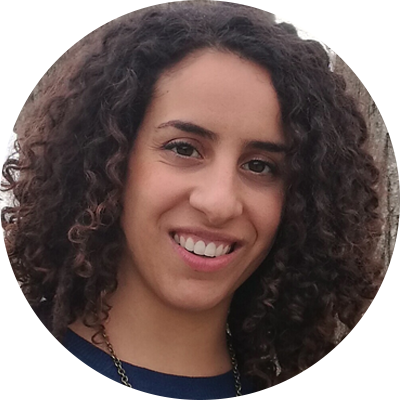While conventional hotels in Norway are temporarily closed this season, several boutique lodges have opened their doors – or rather their windows – for a number of unique visitors.
That’s because Tromsø and other places along Norway’s north coast above the Arctic Circle have recently become the new home for black-legged kittiwakes, a seafaring bird in the gull family. Now, thanks to a number of new “hotel” buildings, they can nest and breed safely.
While the Arctic kittiwake is not native to the city, they have nonetheless found accommodation there for a number of reasons according to National Geographic. While researchers are still investigating what exactly is driving the birds to the city, they believe that due to changing weather conditions, their typical breeding sites – primarily cliffs that overlook the ocean – are even less hospitable than usual.
“There's something going on in the bird cliffs that makes them struggle to raise chicks,” Tone Kristin Reiertsen, a seabird ecologist with the Norwegian Institute for Nature Research in Tromsø told National Geographic. “The kittiwake cliffs are just being emptied.”
The number of Kittiwakes has declined by almost 75 percent since the 1980s. They are currently rated as “vulnerable” on the International Union for the Conservation of Nature’s red list, and are projected to go extinct within four decades if no action is taken.
Now, the birds have moved inland to urban spaces that are safer from predators and winds. According to the BBC, hundreds of Kittiwake breeding pairs are seeking places to breed, nest, and raise their young. They are frequently nesting in multi-story public buildings and restaurants; however, due to noise of their loud calls and messy droppings, they are not always welcome. Many people put up spikes or nets to keep the birds off of their buildings.
“Last summer there were hundreds of them breeding along the building where we have our ship,” said Mats Forsberg, a Tromsø resident and tour boat expedition guide. Forsberg told National Geographic that he doesn’t mind the birds, but understands why many folks in town do.
For this reason, Reiertsen, and her colleagues opened the first kittiwake hotel in Tromsø six years ago in an abandoned building at the end of a pier where the birds can safely breed and raise their chicks free from challenges associated with urban environments.
The hotel resides in an abandoned building in one of Tromsø’s harbors, and is replete with nesting materials, ledges, and even speakers that mimic the bird’s songs. In 2020 the team expanded their operations, and developed a hotel in Newcastle, England, and have a third location opening in Berlevåg, Norway.
Reiertsen is taking proactive steps to help ensure that urban arctic spaces are hospitable homes to both humans and seabirds. She plans to integrate kittiwake hotels into the city’s development strategy; by doing so, businesses, residents, and birds can live harmoniously.
"I hope we will find solutions so that kittiwakes and humans can coexist nicely, so we can keep this species in our nature,” Reiertsen said. Otherwise, “the prognosis is very bad…the problem is not really going away.”
Reiertsen’s hotel project is part of a wider international movement of scientists and urban planners who are reshaping cities to help protect wildlife. The city of Utrecht in the Netherlands, for example, has also taken measures to convert pre-existing urban structures into havens for birds and insects. In April 2019, the city covered hundreds of bus stops in plants so that birds would have a comfortable resting spot.
These projects remind us that humans, animals, and plants are part of a complex and interconnected ecosystem. When we design or redesign our cities to align and synchronize among different components, we can create spaces that are flourishing, healthy, and sustainable.
YOU MIGHT ALSO LIKE:
Hawaii’s State Bird's Population Soars High
The Population of New Zealand’s Rarest Bird Just Doubled
Norway Decides Against Drilling for Billions of Barrels of Oil in Arctic







